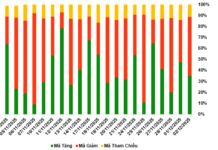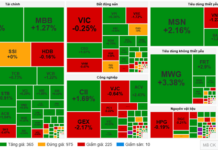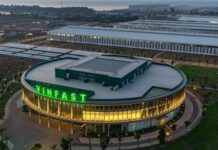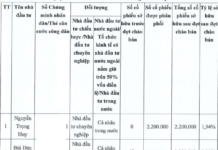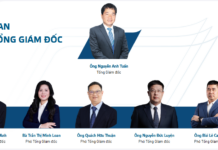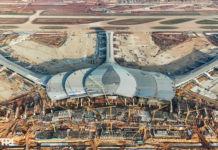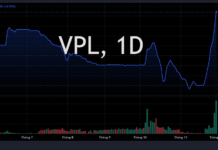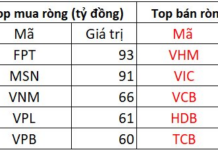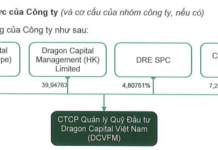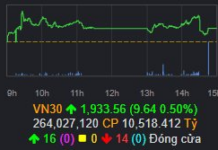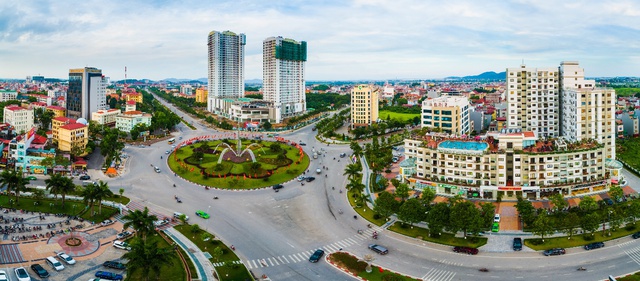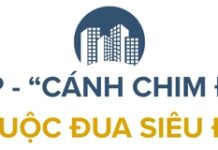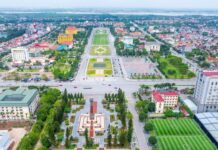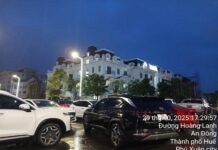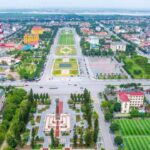FDI Incentives and the Potential for a Drastic Urban Transformation
FDI capital always tends to shift and seek potential areas, not only in terms of location and infrastructure but also in investment attraction policies. With a 52km coastline and five major rivers creating a tidal flat of over 16,000 hectares, Thai Binh possesses many advantages that align with the trend of industrial and marine economic development.
Over the years, to capitalize on these strengths, Thai Binh province has actively invested in developing modern and synchronized infrastructure, enhancing intra-provincial and inter-regional connectivity. Additionally, low land prices and cheap labor also give Thai Binh a competitive edge in attracting the attention of FDI “eagles.”
On the journey of “nesting for eagles,” Thai Binh province has been determined to build and improve the business investment environment, enhance its Provincial Competitiveness Index (PCI), and actively promote investment activities to be ready to meet investors’ demands. Moreover, the province also offers the most favorable policies for projects investing in the locality and commits to accompanying investors.
As a result, Thai Binh’s FDI attraction has shown positive developments over the years. The peak was in 2023 when the province officially joined the “billion-dollar club” in attracting FDI sources, ranking 5th in the country, with over $3 billion in FDI registered in economic zones and industrial parks. This breakthrough increase in FDI capital is an important indicator that the picture of Thai Binh’s economic growth and its urban face will continue to witness a drastic “transformation” in the future.
In reality, the ability of FDI capital to lead and drive development has been proven in some先行industrial provinces. For example, in Bac Ninh, from 2010 until now, the increase in FDI capital clearly shows a positive correlation with the province’s GRDP scale. At the same time, one can easily notice the transformation in the urban face, followed by a corresponding increase in land prices, from 8-10 million VND/sq.m in 2010 to 120-250 million VND/sq.m in 2023.

Bac Ninh province’s robust growth fueled by FDI capital
A similar growth process fueled by FDI capital also occurred in Bac Giang. Just within ten years (2013-2023), the province’s GRDP scale quintupled (from 36,273 billion VND to 181,800 billion VND), and FDI also increased fivefold accordingly. Land prices in the central area of Bac Giang have witnessed a vertical increase as the urban space expanded and “transformed,” and large real estate projects emerged.
Turning back to Thai Binh, it can be affirmed that the existing conditions of this locality are a significant attraction for investors in urban development, utilities, and services, contributing to a strong push in the process of “changing the face” of the once purely agricultural province – the rice granary of the North. Recently, Daewoo E&C chose Thai Binh to invest in and develop a new urban area based on the Smart City model at Starlake Tay Ho Tay, Hanoi.
Trend of Expanding the City Center to the South
Industrialization leads to urbanization, and with the strong development of industrial economics happening now and expected to increase in the future, Thai Binh inevitably has to expand its urban development space to meet new demands.
Especially when the core area of Thai Binh city – the political, economic, cultural, and social center of the province – has become cramped after a period of dynamic development. Considered a “cramped, crowded” province, Thai Binh has a small area, ranking 54th out of 63 provinces and cities in terms of land area. However, in terms of population, Thai Binh ranks 11th out of 63 provinces and cities, and its population density is four times the national average.
For the past 20 years (2003-2023), Thai Binh city has hardly expanded, and the population has already surpassed the 200,000 mark and is expected to increase further as experts and laborers move with the FDI wave to the industrial zones. The infrastructure pressure and population density in the core area will drive the trend of expanding the city’s development space and forming new urban centers.

Thai Binh City is ready to expand its core. (Source: “Beautiful Thai Binh Tourism Photo Contest”)
Accordingly, the southern part of the city is focusing on expansion, benefiting from well-invested transportation infrastructure. From here, it is possible to quickly connect to the ring road system, link with neighboring trading areas, and especially conveniently connect to Thai Binh province’s sea-based economic zone.
Following Le Quy Don Street southward from the city center is a transportation axis planned as the backbone for land development and the expansion of the city’s core area. This area has developed rapidly and formed a bustling community, opening up many opportunities for developing new and modern urban areas in the future.
Notably, the Glory Downtown Thai Binh project (Investment Project for Construction of Commercial Tourism and Commercial Housing in Tran Lam Ward, Thai Binh City) stands out at the new focal point in the south. The project is well-invested, from a well-planned urban infrastructure to a versatile townhouse development model. Additionally, Glory Downtown offers a harmonious system of utilities that blend commercial activities with green landscapes, providing a healthy living environment and a prosperous future for its residents.
It can be said that the leadership of the FDI wave has been proven, along with the orientation of planning Thai Binh City to expand in a synchronized and modern direction, which will be an essential foundation to promote a new investment shift in Thai Binh, followed by the formation of well-planned and multi-utility real estate projects, contributing to improving the quality of life for its citizens.
These are positive signs indicating that the real estate wave is heading towards Thai Binh, bringing many growth opportunities as the “rice granary” transforms into a new industrial and urban center.

